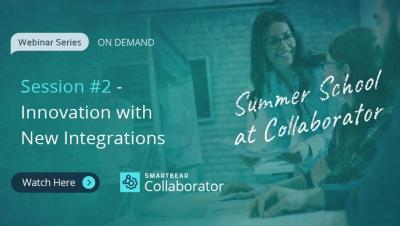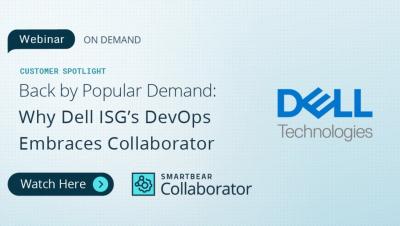Systems | Development | Analytics | API | Testing
SmartBear
Summer School at Collaborator: Session #3 - Ramping up with New Review Types
Interview with Associate Director in Product Marketing, SmartBear
"Plug In" to SwaggerHub for IntelliJ IDEA
Integrated development environments, or IDEs as most people call them, are the go-to tool for the majority of software developers creating, compiling, and testing code. In fact, IDEs are one of the most commons tools that developers will use when designing their API (Application Programming Interfaces) documentation. According to the 2020 State of the API Report , developers chose IDEs as their tool of choice for API design, even edging out SwaggerHub.
Summer School At Collaborator: Session #2 - Innovation with New Integrations
Why you should go framework agnostic for test automation?
The most flexible native mobile-app testing solution.” It’s a bold claim that we are making about the BitBar Real Device Cloud. One of the essential features of being the most flexible is being framework-agnostic. In this article, we’ll take a closer look at this term and see how QA teams and managers can benefit from such a platform. BitBar Cloud recently extended Flutter support to include Flutter 2.2 released by Google on May 18th, 2021.
Back by Popular Demand: Why Dell ISG's DevOps Embraces Collaborator
9 ways Zephyr Scale brings advanced test management to Jira
Are your tests in Jira growing in complexity? Do you feel you could be more efficient with reusing tests? Does ensuring consistency and standards across projects still feel like a struggle with your existing test management tool? Enter Zephyr Scale, a structured and highly configurable test management solution for teams looking to advance their testing in Jira. Need to see it to believe it? Join us for a quick, around-the-app tour of Zephyr Scale.








